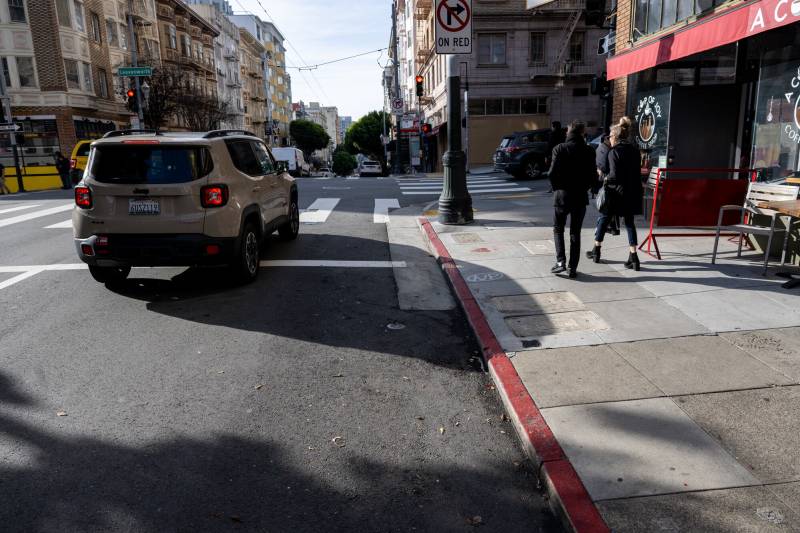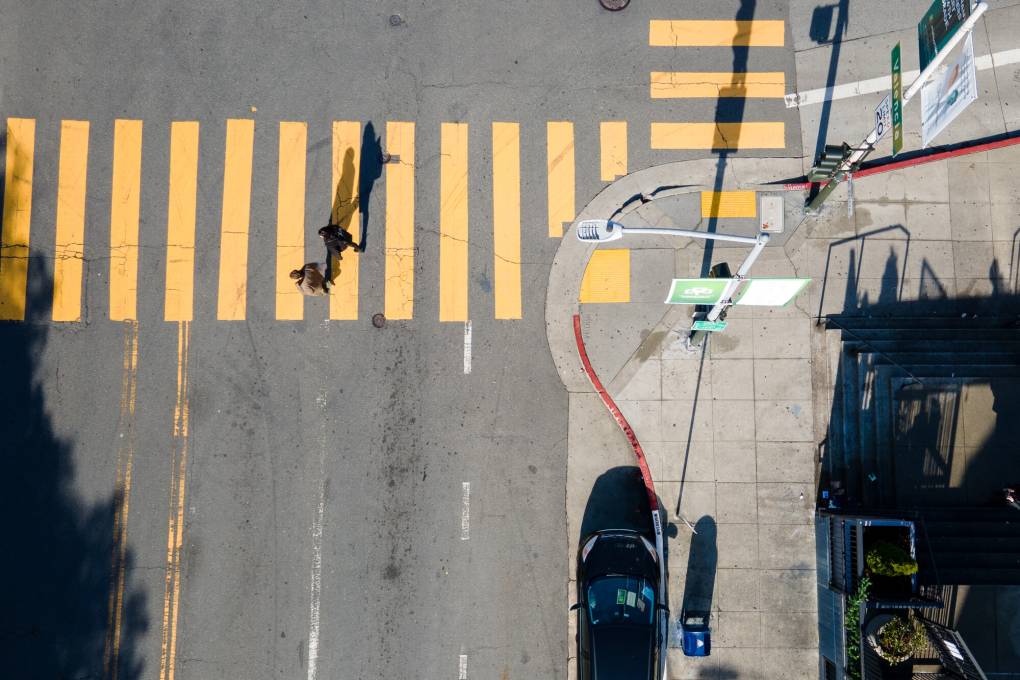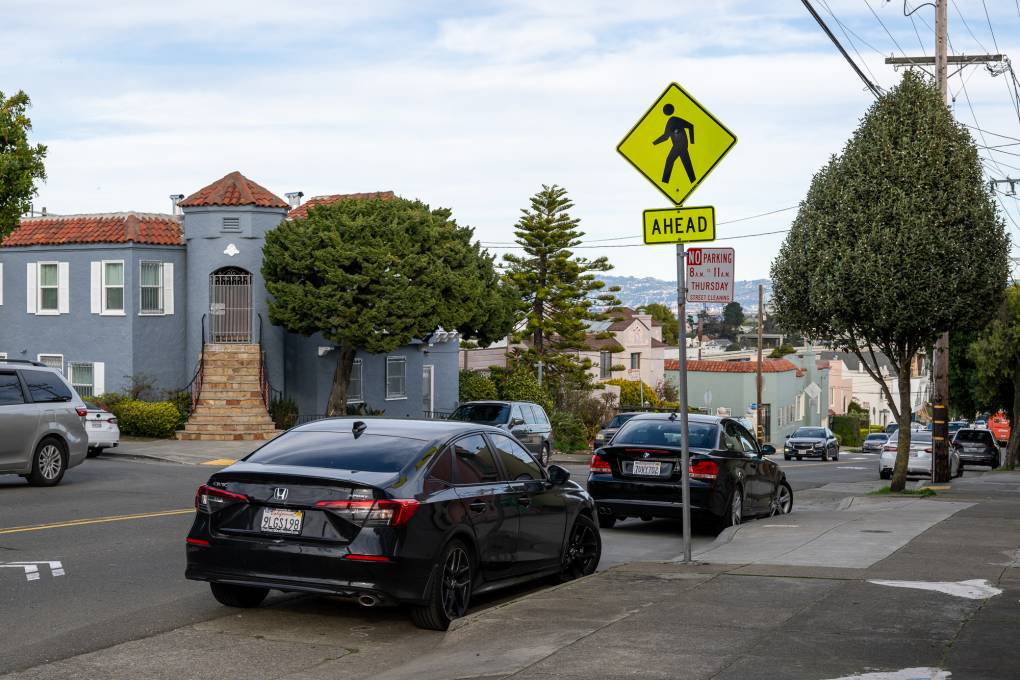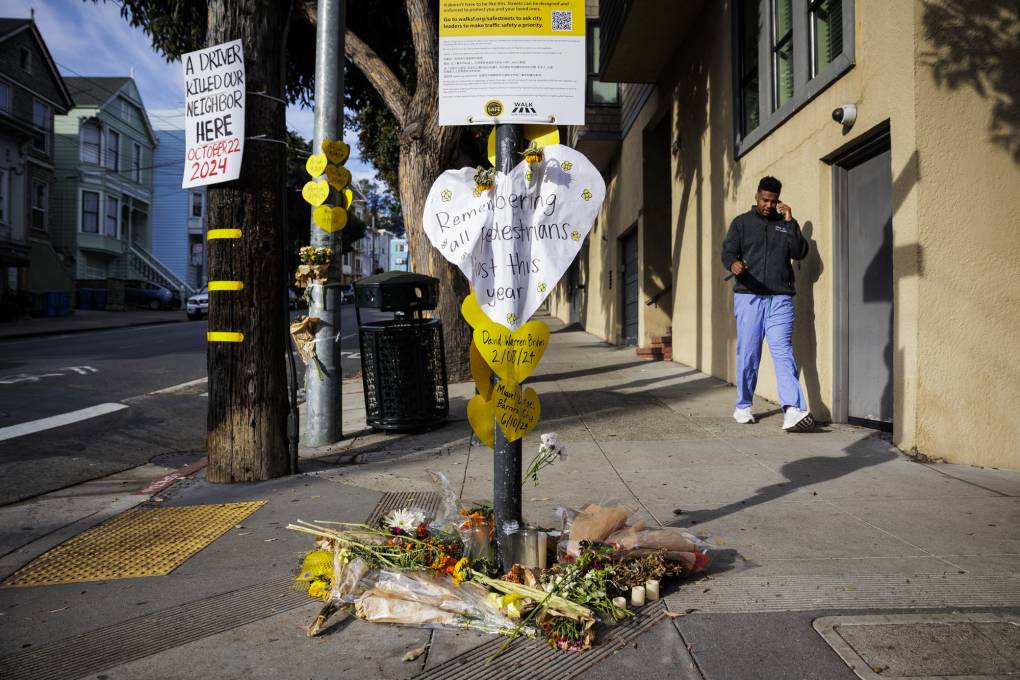The first thing that aroused Marcy Chapman’s suspicions was just how fast the red curb popped up across the street from her house.
“It happened overnight,” said Chapman, a San Francisco Richmond district resident. “We woke up, and all the right-hand turns in the neighborhood for a few blocks had been done.”
There were a few other things that also looked off, said Chapman. The paint seemed brighter than normal, and it was longer than a typical red curb — around 35 feet long by some estimates online and by neighbors.
Chapman, like many of her neighbors, thought the city had painted the curbs — which now even bore the yellow SFMTA stencil — to comply with the state’s daylighting law that went into effect this year, which prevents drivers from parking within 20 feet of a pedestrian crosswalk.
But it turns out that all of it — the red paint, the yellow stencil — was fake. Chapman found out after seeing a Reddit post written by one of her own neighbors, who was more suspicious of the curbs’ origins and had written to SFMTA to query it. The agency replied, confirming they hadn’t, in fact, painted them.
“So, yeah, they totally fooled me,” Chapman admitted.
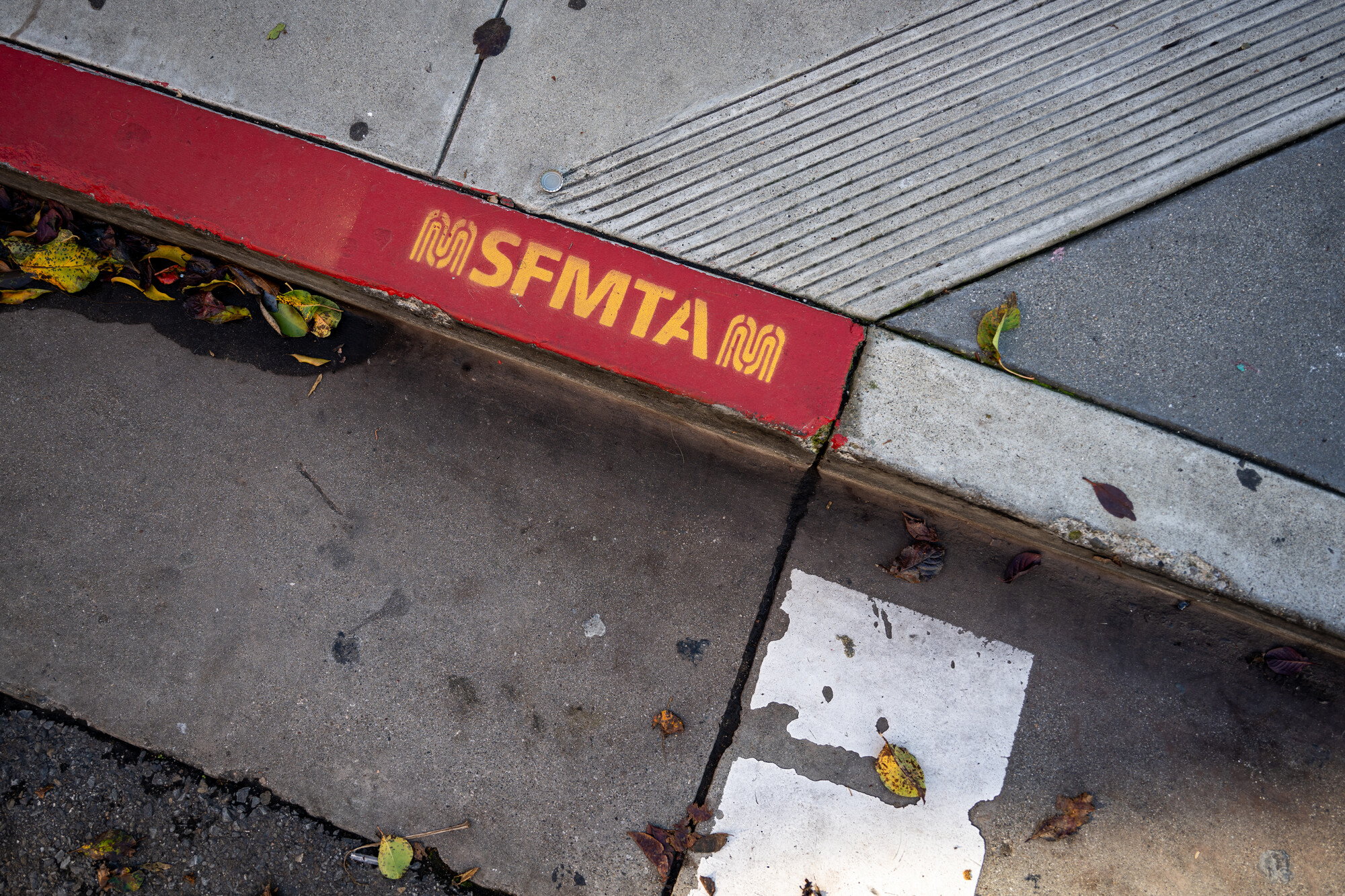
The newly-red curbs around Chapman’s house weren’t an isolated incident. In a statement to KQED, a spokesperson for SFMTA said that the agency is aware of several locations where red zones were painted — illegally — by an unknown source, including on 18th and 19th avenues along Balboa Street, and at least one other spot on Cabrillo Street. Residents of the Richmond District told KQED the episode has left them feeling confused, unsure of how to tell a real red curb from a fake one — and where they can actually park.
“ I want to follow the rules, right?” said Richmond resident Dani Islas. “But if they’re fake, how is someone supposed to know that — if they’re real or not?”
‘A professional job’ causes confusion
Typically, the painted SFMTA stencil on colored city curbs is seen as a way to distinguish a legitimate colored curb from an imposter. But local paint experts said the look-alike was almost identical.
“The yellow is dead on,” said Fabrice McKarty, a sales attendant at a local Benjamin Moore paint store, as he flipped through a catalog of colors.
“They did their research. It looks like a professional job.”
“I think anybody could mistake it for being an official one,” said McKarty. But unfortunately, he said, painting a curb this way would be fairly easy, taking as little as 20 minutes with materials that are accessible at any local paint store.
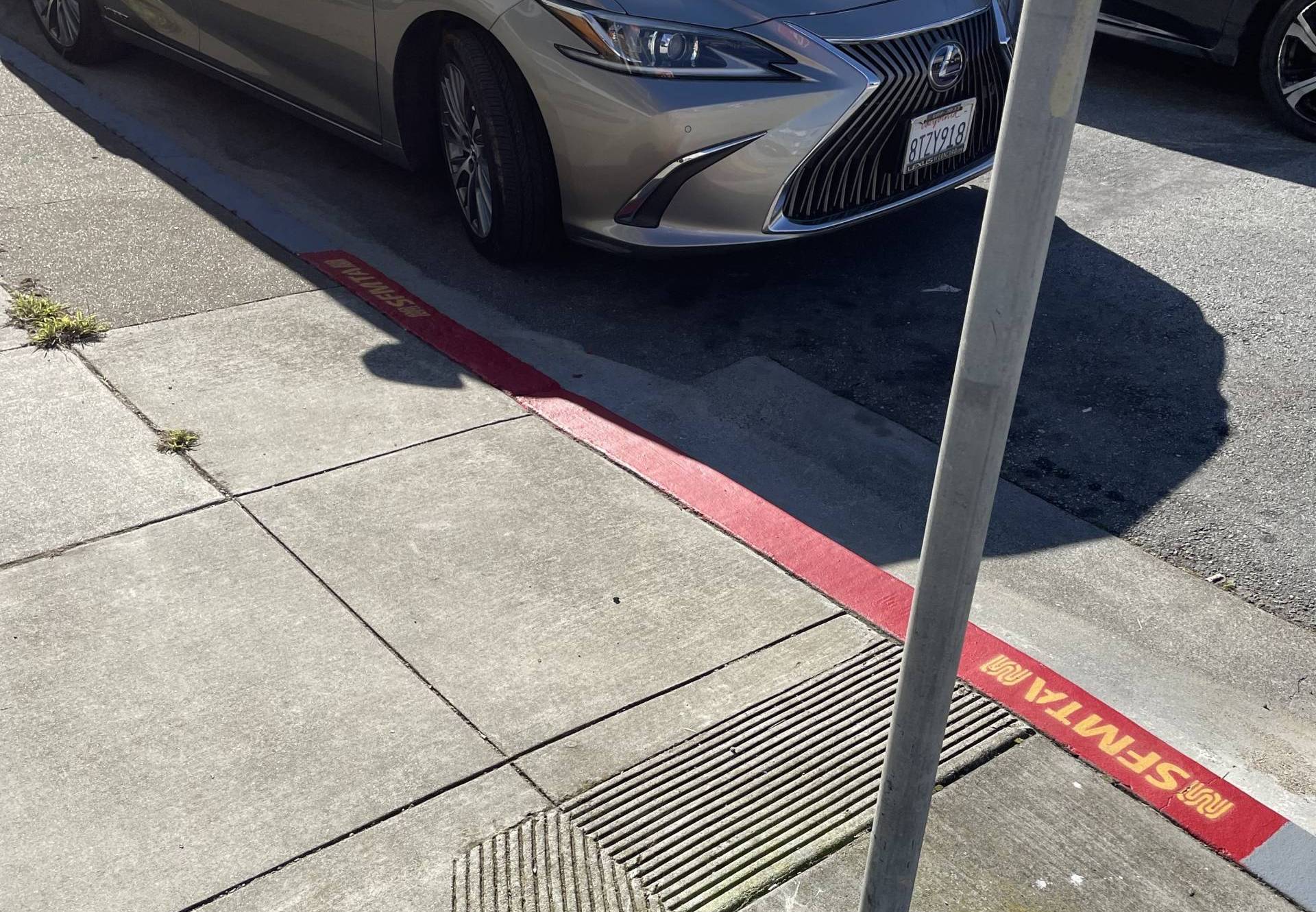
Parking wars in San Francisco are nothing new. Any resident has witnessed the train of cars following a street sweeper on street cleaning day — or seen orange traffic cones laid out in front of a house, safeguarding their owner’s favorite spot. But to residents of the Richmond District, this stunt — which eliminated multiple parking spots but also “saved them” for no one — was puzzling, if not angering.
“Every parking space is so precious around here, so people were pretty upset about that,” said Graciela Ronconi, a local store owner.
Others couldn’t help but see it as a rogue attempt by someone to enforce California’s new daylighting law — or to otherwise increase visibility on the streets in the name of driver and pedestrian safety. “There’s another corner down the street that doesn’t have a stop sign, and there are wrecks constantly. So I understand by adding the red, maybe we’re not going to have as many wrecks,” said Marcy Chapman.
What does the law say about painting curbs?
While some cities have begun to remove parking spots, pull out meters, paint curbs red or otherwise fill daylighting spots, they don’t actually have to do so under the law, and like other municipalities around the state, San Francisco is not painting all curbs within 20 feet of an intersection red. But starting in March, drivers in the city can still get a ticket for parking within that space regardless and are expected to observe daylighting rules even in the absence of any painted curb or signage warning them.
